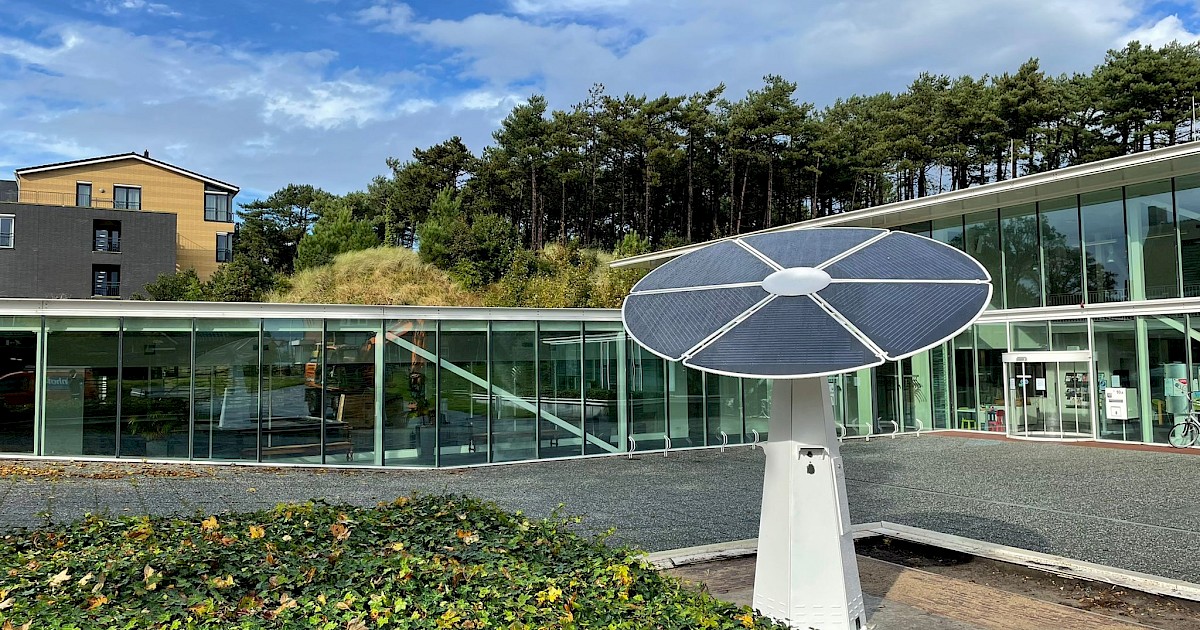(Evolution of the number of alternative fuel infrastructure in Belgium (source: EAFO, November 2019).
The most viable solution to help reduce our footprint, while still being able to move freely, is to adapt existing transportation infrastructures. In order to achieve this, the collective efforts of individuals and entities at various levels, both large and small are necessary. It is worth noting that addressing this challenge also presents numerous opportunities, leading to the emergence of the sustainable mobility sector as a significant business domain.
If we take Belgium as an example, most actors in the mobility sector have undertaken a comprehensive examination of the primary challenges in reducing transportation emissions. Through this evaluation, several key issues have come to the forefront. For example, the extensive use of road transportation such as cars, trucks, or motorcycles running on gasoline or diesel fuels, which lead to strong urban congestion and therefore to an even bigger increase in fuel consumption. Another notable issue lies in the contribution of CO2 emissions from public transportation, which experiences high usage rates across the country.










